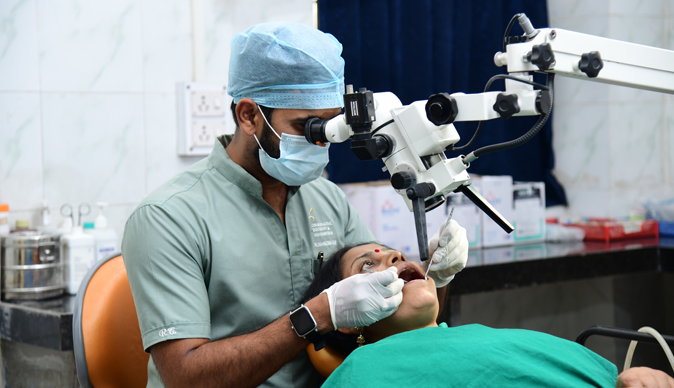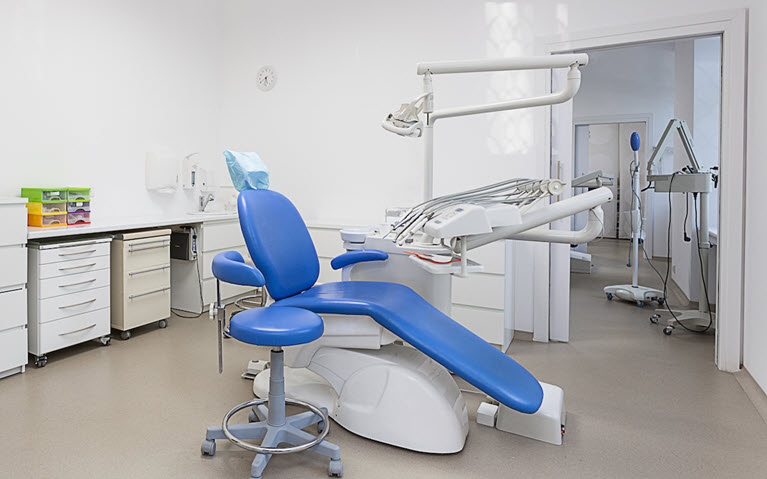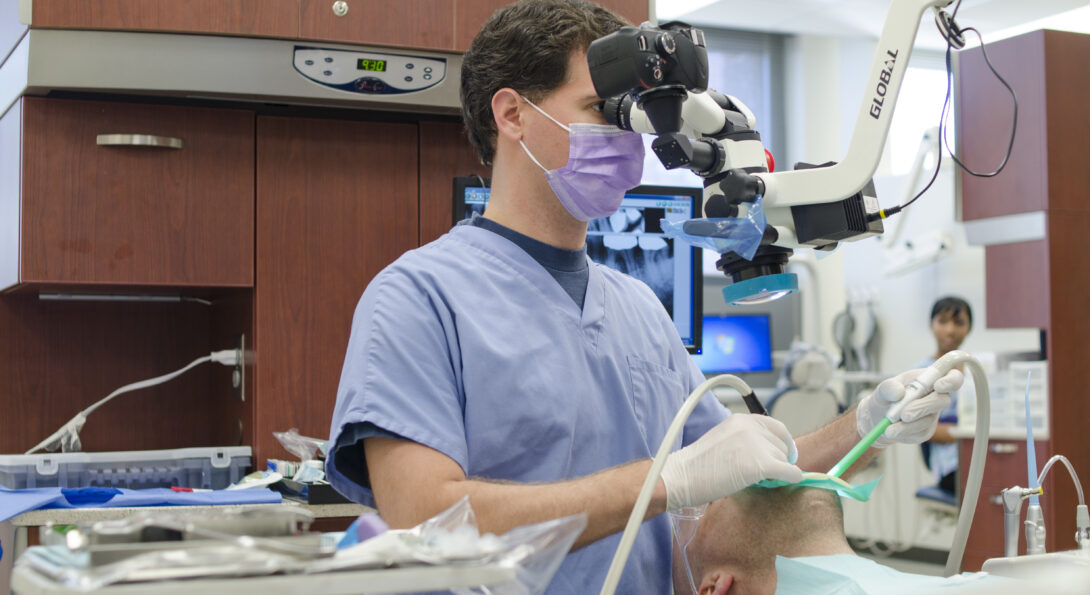



An operating theatre (often referred to as an operating room or OR) in dentistry is a specialized clinical setting designed for performing surgical procedures related to oral and maxillofacial surgery. While dental treatments are typically carried out in dental offices or clinics, certain complex procedures or surgeries require a sterile and controlled environment similar to that found in traditional hospital operating rooms. Here are key points about the use of operating theaters in dentistry:
Complex Dental Surgeries: Operating theaters in dentistry are used for a range of complex surgical procedures that cannot be adequately performed in a regular dental office. These may include procedures like orthognathic surgery (corrective jaw surgery), facial trauma surgery, dental implant placement, and reconstructive surgery.
Sterile Environment: Operating theaters are maintained under strict sterile conditions to minimize the risk of infection during surgical procedures. This includes using sterile instruments, equipment, and attire.
Surgical Team: A surgical team in the dental operating theater typically consists of an oral and maxillofacial surgeon, anesthesiologist or nurse anesthetist, surgical nurses, and support staff. Each member plays a crucial role in ensuring the safety and success of the surgery.
Advanced Equipment:Dental operating theaters are equipped with advanced surgical instruments, monitoring devices, and anesthesia equipment to provide comprehensive care during surgical procedures. This includes the use of specialized dental chairs or surgical tables.
Anesthesia Options:Patients may undergo various forms of anesthesia in the dental operating theater, depending on the procedure's complexity and the patient's preferences. This can range from local anesthesia to general anesthesia, ensuring that the patient is comfortable and pain-free during the surgery.
Emergency Preparedness:Dental operating theaters are equipped to handle medical emergencies that may arise during surgery. This includes access to life-saving equipment and medications.
Regulatory Compliance:Operating theaters in dentistry must adhere to strict regulatory and safety standards to ensure patient safety and quality of care. Compliance with local, state, and national healthcare regulations is essential.
Continuing Education: Dental professionals working in the
operating theater undergo specialized training and continuing education to perform complex surgeries
safely and effectively.
While most routine dental treatments can be performed in a dental office or clinic, the use of operating theaters in dentistry is essential for addressing complex oral and maxillofacial issues. These specialized facilities provide a safe and controlled environment for patients to receive advanced surgical care, often resulting in improved oral health and quality of life.
In dental and oral surgery, lighting in the operating theatre plays a crucial role in ensuring optimal visibility and precision during procedures. Here are some key considerations regarding lighting in a dental operating theatre:
Illumination Quality: Dental operating theatres require bright, shadow-free illumination to enable dentists and oral surgeons to work with precision. High-quality lighting systems are essential for clear visualization of the surgical site.
Color Rendering:Proper color rendering is important in dental lighting to ensure that the surgeon can accurately perceive the colors of tissues and structures in the oral cavity. Accurate color rendering aids in diagnosing and performing procedures effectively.
Adjustable Intensity: Dental lighting systems often feature adjustable intensity controls, allowing the surgeon to customize the level of illumination according to the specific procedure and their preferences.
Uniform Distribution:Uniform distribution of light across the surgical field is essential to eliminate shadows and ensure that every detail is visible. Some lights have multiple adjustable lamps or panels to achieve this.
Cool Temperature:Dental lights are designed to emit cool, white light to prevent overheating of the surgical area and discomfort for the patient and surgical team.
Ease of Adjustment:: The positioning and angle of dental lights should be easily adjustable to provide optimal illumination regardless of the patient's position or the surgeon's working posture.
Infection Control: Dental lights are designed with infection control in mind. They should have smooth surfaces that can be easily cleaned and disinfected to maintain a sterile environment.
Effective lighting is essential in dental operating theatres to facilitate precise and safe procedures. It enhances the dentist's ability to diagnose, plan, and execute dental surgeries and treatments while ensuring patient comfort and safety.
An operation theatre, also designed for performing hair transplant procedures. Hair transplantation is a surgical technique used to address hair loss and restore natural-looking hair to individuals experiencing baldness or thinning hair. Hair transplantation is a precise surgical procedure that demands a controlled and sterile environment to achieve optimal results. Operating theatres for hair transplantation are equipped with the necessary tools, trained personnel, and protocols to perform these procedures safely and effectively, ultimately helping individuals restore their hair and confidence.